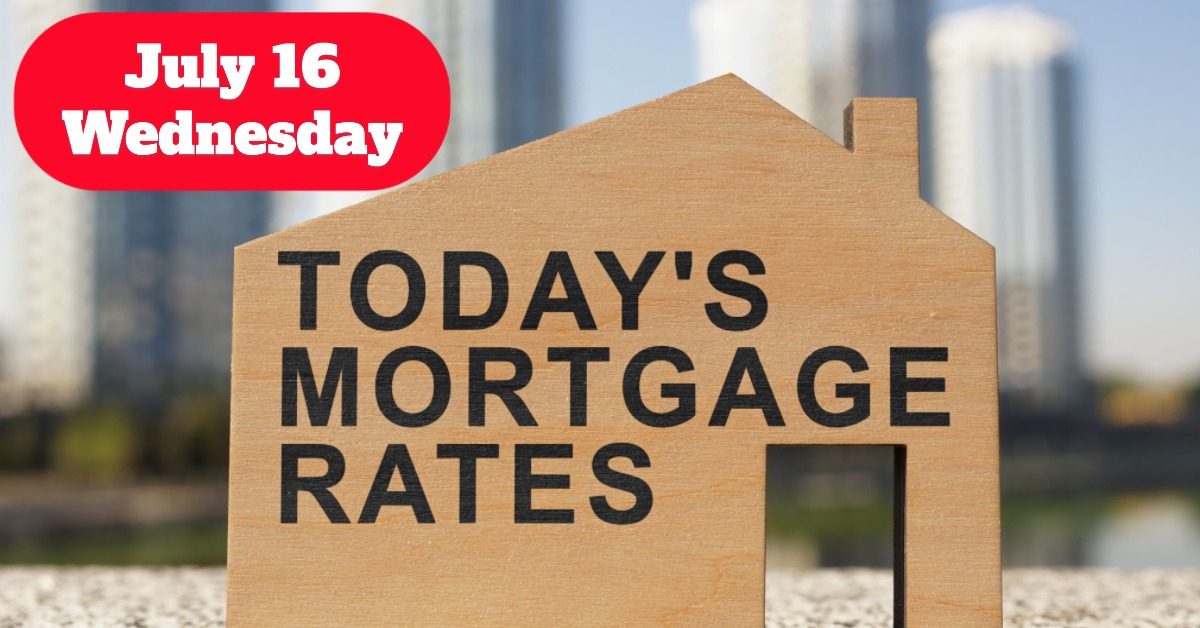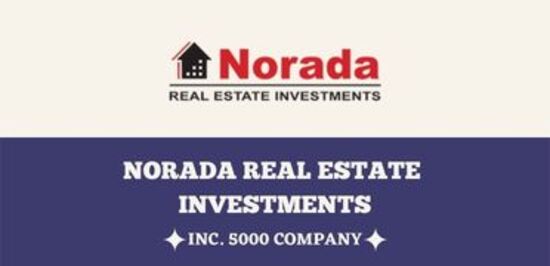As of today, July 16, 2025, mortgage rates in the United States are holding steady at an average of 6.90% for a 30-year fixed mortgage rate, which is slightly higher compared to the previous week’s rate of 6.84%. Here's an in-depth look into the current trends in mortgage rates, covering both standard mortgage rates and refinance rates.
Mortgage Rates Today July 16, 2025: 30-Year FRM Stable, Refinance Rates Rise
Key Takeaways
- 30-year fixed mortgage rates: Stable at 6.90%.
- 15-year fixed mortgage rates increased to 5.98%.
- 30-year fixed refinance rate has risen to 7.16%.
- Adjustable-rate mortgages (ARMs) have seen subtle changes, particularly the 5-year ARM which is now 7.81%.
Understanding how mortgage rates and refinance rates work can empower homebuyers and current homeowners to make informed decisions. The cost of borrowing can influence everything from choosing the right mortgage type to deciding if refinancing is worth the expense.
Today's Mortgage Rates Overview
Based on data provided by Zillow, here’s an in-depth overview of the today's average mortgage rates:
| Loan Type | Current Rate | 1-Week Change | APR | 1-Week Change |
|---|---|---|---|---|
| 30-Year Fixed Rate | 6.90% | Up 0.06% | 7.37% | Up 0.07% |
| 15-Year Fixed Rate | 5.98% | Up 0.02% | 6.28% | Up 0.10% |
| 30-Year Fixed FHA Rate | 7.70% | Up 0.90% | 8.75% | Up 0.91% |
| 30-Year Fixed VA Rate | 6.38% | Up 0.07% | 6.57% | Up 0.05% |
| 5-Year ARM | 7.81% | Up 0.01% | 8.14% | No change |
| 30-Year Fixed Refinance Rate | 7.16% | Up 0.01% | 7.35% | Up 0.01% |
This table reflects the national average for various fixed-rate and adjustable loans and provides insights into how mortgage rates are trending. For potential homebuyers, these numbers can indicate the best time to enter the market or the right moment to refinance an existing mortgage.
Comparing Mortgage Rates: A Deep Dive
Differentiating between average rates and current rates is essential when considering a mortgage.
Average Rates (6.90%) vs. Current Rates (6.625%)
- Average Rate (6.90%):
- This figure represents a general benchmark reflecting a wide range of loan products and terms across various lenders at a specific time. It considers all sorts of mortgages, including fixed and adjustable, and serves as a reliable indicator of what borrowers may expect overall in the market.
- Current Rate (6.625%):
- The current rate represents offers available at this moment. Individual lenders may offer specific rates based on their own evaluations of risk, promotional strategies, investor demand, and overall financial conditions.
- Market Factors: The current rate can fluctuate daily based on economic indicators, like inflation, employment reports, and even international markets. Additionally, local market conditions can play a significant role as well.
Why Current Rates Might Differ from Average Rates:
- Promotional Offers: Lenders may have temporary promotional rates.
- Market Fluctuations: If bond yields drop, mortgage rates may adjust downward.
- Loan Specifics: The current rate may also vary depending on credit profiles, down payments, and loan amounts.
Understanding APR and Points (Cost)
When looking at mortgage products, it’s essential to grasp terms like APR and points. These metrics can reveal a lot about the true cost of a mortgage.
What is APR?
APR, or Annual Percentage Rate, is a broader measure of the cost of borrowing. It bundles the interest rate and other related fees into one figure, giving borrowers a comprehensive view of the total cost of the loan expressed as a yearly rate. This matters because:
- Comparison Tool: It enables borrowers to compare loans more effectively.
- Informed Decisions: A lower APR indicates that the loan will be less costly, helping potential homebuyers make informed decisions.
Calculating Points (Cost)
Points relate to an upfront fee that borrowers can pay to lower their interest rate. One point typically equals 1% of the total loan amount. For instance, a borrower taking out a mortgage of $200,000 might pay $2,000 to secure a lower interest rate.
- Why Points Matter: Paying points can save substantial amounts over the life of the loan, especially for those planning to keep their mortgage long-term.
Today's Refinancing Mortgage Rates
For current homeowners, refinance rates represent a key opportunity. Staying updated on these rates can make a substantial difference in monthly expenses.
Current Refinance Rates Overview
| Loan Type | Current Rate | 1-Week Change | APR | 1-Week Change |
|---|---|---|---|---|
| 30-Year Fixed Refinance | 7.16% | Up 0.01% | 7.35% | Up 0.01% |
| 15-Year Fixed Refinance | 6.06% | Up 0.04% | 6.28% | Up 0.03% |
| 5-Year ARM Refinance | 7.96% | Up 0.06% | 8.14% | Up 0.00% |
Benefits of Refinancing
Refinancing can help homeowners take advantage of lower rates, shorten the loan term, or access equity for cash-out refinancing. It’s advisable to analyze the potential savings versus the costs associated with refinancing, such as closing costs and any applicable fees.
Related Topics:
Mortgage Rates Trends as of July 15, 2025
Mortgage Rates Predictions for the Next 30 Days: July 3-August 3
Mortgage Rate Predictions for the Next 3 Years: 2026, 2027, 2028
The Federal Reserve's Role in Mortgage Rates
The Federal Reserve (the Fed) influences mortgage rates through its monetary policy, affecting lending rates. Here's a closer look at what’s happening:
- Rate Cuts in Late 2024: The Fed made three rate cuts towards the end of 2024 to stimulate the economy as it emerged from pandemic pressure.
- Current Rate Stance: As of June 2025, the Fed aims to maintain a target range of 4.25%-4.5%. Their future policies may lead to further cuts if conditions warrant them.
- Economic Considerations: Persistent inflation and economic growth are central to Fed discussions. These elements will shape interest rate adjustments and the guidelines surrounding mortgage borrowing.
What Lies Ahead for Mortgage Rates
Predicting future mortgage rates is inherently uncertain. Many factors influence rates, including market indicators, Federal Reserve decisions, and broader economic trends. Analysts currently estimate that if the Fed continues with its rate cuts as projected, rates may gradually decline over the coming years, potentially reaching around 5% by 2028.
Summary:
With the latest updates showing stability in mortgage rates but noticeable increases in refinance rates, remaining informed is crucial for both potential homebuyers and existing homeowners. The financial landscape may change based on market influences and economic policies, making awareness of mortgage dynamics essential to making timely financial decisions.
Invest Smarter in a High-Rate Environment
With mortgage rates remaining elevated this year, it's more important than ever to focus on cash-flowing investment properties in strong rental markets.
Norada helps investors like you identify turnkey real estate deals that deliver predictable returns—even when borrowing costs are high.
HOT NEW LISTINGS JUST ADDED!
Connect with a Norada investment counselor today (No Obligation):
(800) 611-3060
Also Read:
- Will Mortgage Rates Go Down in 2025: Morgan Stanley's Forecast
- Mortgage Rate Predictions 2025 from 4 Leading Housing Experts
- 30-Year Fixed Mortgage Rate Forecast for the Next 5 Years
- 15-Year Fixed Mortgage Rate Predictions for Next 5 Years: 2025-2029
- Will Mortgage Rates Ever Be 3% Again in the Future?
- Mortgage Rates Predictions for Next 2 Years
- Mortgage Rate Predictions for Next 5 Years
- Mortgage Rate Predictions: Why 2% and 3% Rates are Out of Reach
- How Lower Mortgage Rates Can Save You Thousands?
- How to Get a Low Mortgage Interest Rate?
- Will Mortgage Rates Ever Be 4% Again?



